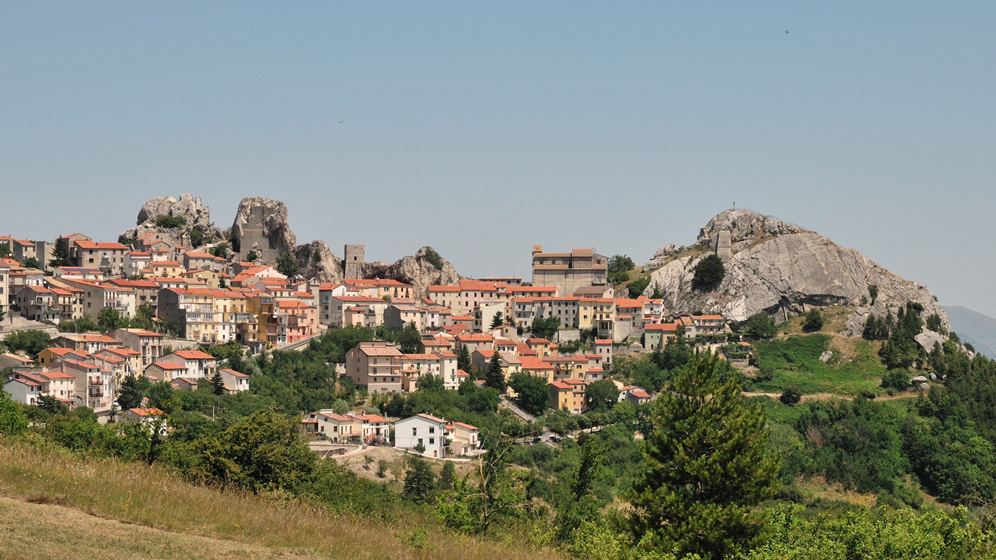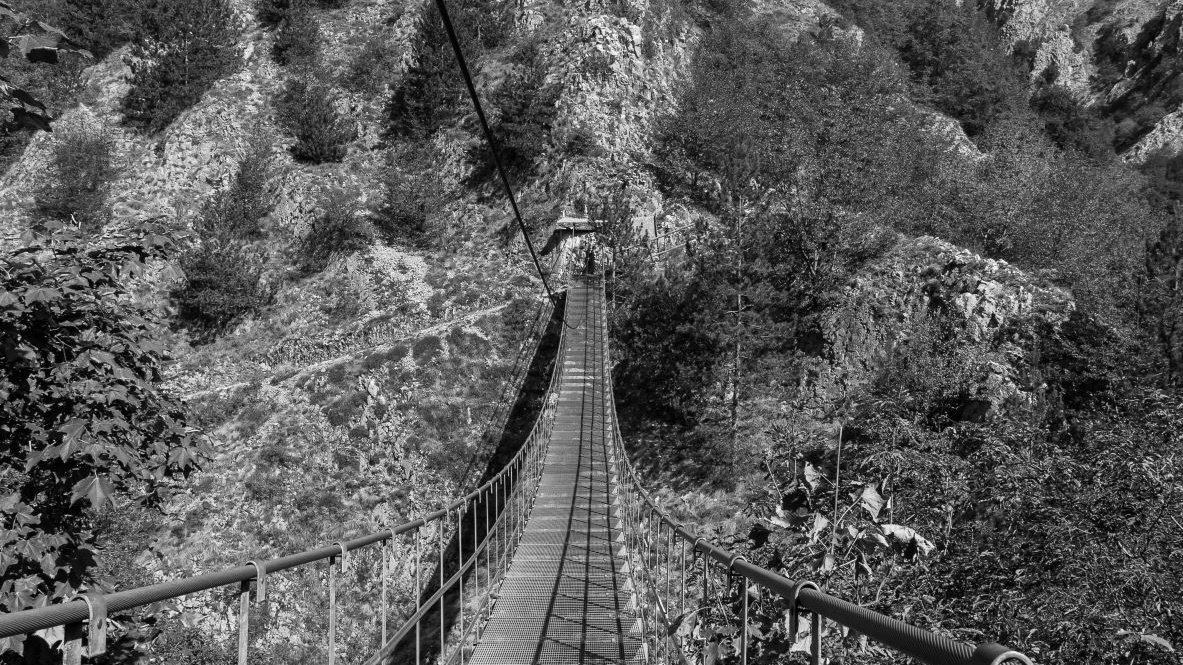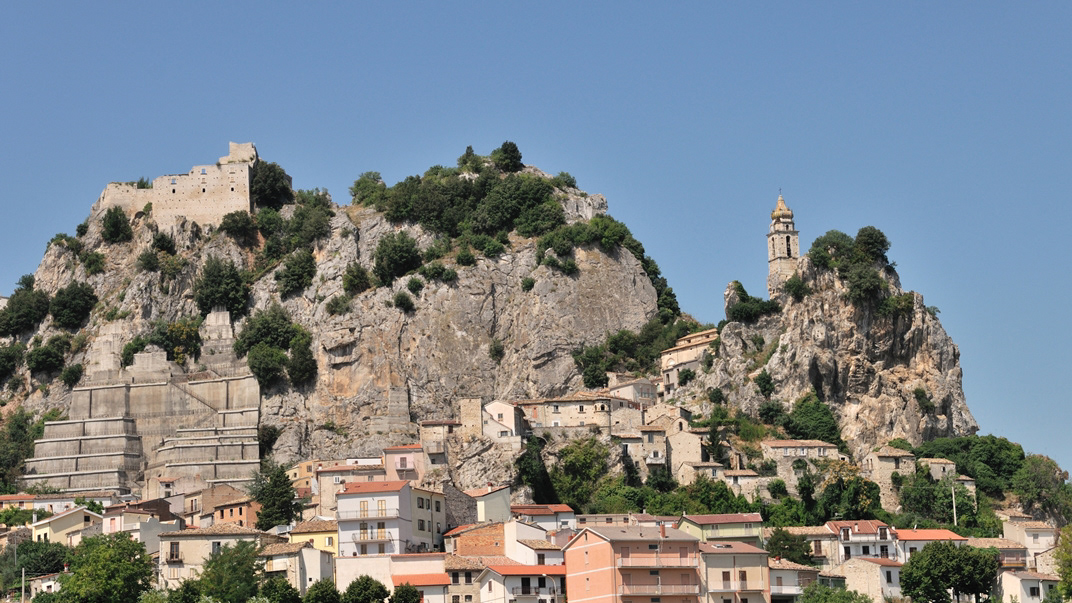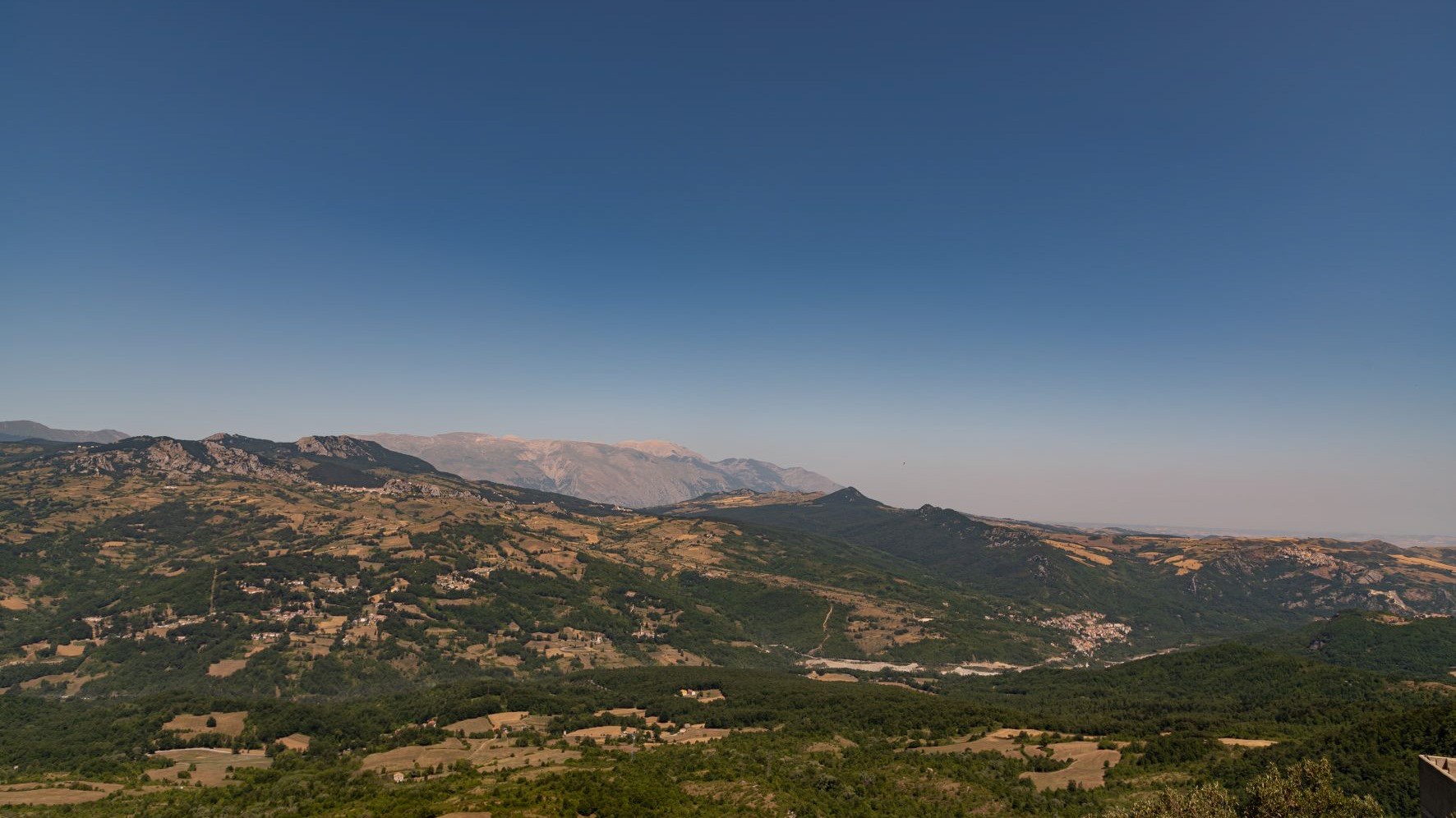Macchia d'Isernia. Baronial castle D'Alena
The castle occupies a substantial portion of the ancient circular village. It was built around 1100 by Clementina, daughter of Ruggero II Normanno, king of Sicily, when the fiefdom was part of the county of Ugone del Molise. The garrison passed into the hands of the Anjou, the Afflitto and the Rotondi barons. In 1480 it was restored in the Renaissance style as a patrician residence, purchased by Giovanni Donato della Marra, who was count of Macchia. In 1748 the castle was sold to Maria Grazia Rotondi, then sold to Nicola d'Alena. Celeste d'Alena was baroness of Macchia, married to the Frisari, counts of Bisceglie and patricians of Castel San Vincenzo. The façade of the building dominates the square in front of the village, embellished by a Renaissance loggia with round arches. The first part of this loggia dates back to the Aragonese period, with a roof resting on 5 small arches. The rest of the castle is spread over 3 levels, the highest of which is the attic. In the inner courtyard the beautiful Renaissance staircase with the colonnade, which leads to the noble floors, stands out. On the ground floor there are the cellars, the stables and the servants' rooms. The upper floor was the home of the nobles, with various rooms, including the private chapel with different relics. In 1984 the castle was fully restored, being brought back to its eighteenth-century splendor.
You may also like






